Consumer Awareness
Consumer awareness regarding the health risks associated with tobacco use is a significant driver in the Plain Packaging Market. As public health campaigns proliferate, individuals are becoming increasingly informed about the dangers of smoking, leading to a shift in consumer behavior. Research indicates that plain packaging can enhance the visibility of health warnings, thereby influencing purchasing decisions. This heightened awareness is not only fostering a demand for plain packaging but is also prompting manufacturers to adapt their marketing strategies. The Plain Packaging Market is thus poised for growth as consumers increasingly favor products that align with their health-conscious values, potentially leading to a decline in tobacco consumption.
Market Competition
Intensifying competition within the Plain Packaging Market is driving innovation and efficiency among manufacturers. As more companies enter the market, there is a pressing need to differentiate products while adhering to plain packaging regulations. This competitive landscape encourages firms to invest in research and development, leading to advancements in packaging technology and design. Additionally, companies are exploring cost-effective solutions to maintain profitability while complying with regulatory requirements. The Plain Packaging Market is thus witnessing a surge in innovative approaches, which may enhance product appeal and consumer engagement, ultimately contributing to market growth.
Regulatory Developments
The Plain Packaging Market is experiencing a notable shift due to stringent regulatory frameworks being implemented across various jurisdictions. Governments are increasingly mandating plain packaging for tobacco products, with the aim of reducing consumption and discouraging smoking, particularly among youth. For instance, countries such as Australia and the United Kingdom have pioneered these regulations, leading to a measurable decline in smoking rates. The World Health Organization has also endorsed plain packaging as an effective public health measure, further encouraging nations to adopt similar policies. As more countries consider or implement these regulations, the Plain Packaging Market is likely to expand, driven by compliance needs and the demand for standardized packaging solutions.
Sustainability Initiatives
Sustainability initiatives are emerging as a pivotal driver in the Plain Packaging Market. As environmental concerns gain traction, companies are seeking to adopt eco-friendly packaging solutions. Plain packaging often utilizes simpler materials and designs, which can reduce waste and promote recycling. This aligns with the growing consumer preference for sustainable products, as individuals increasingly prioritize brands that demonstrate environmental responsibility. The Plain Packaging Market is likely to benefit from this trend, as manufacturers explore innovative materials and processes that not only comply with plain packaging regulations but also contribute to sustainability goals. This dual focus on compliance and environmental stewardship may enhance brand loyalty and market share.
International Trade Agreements
International trade agreements are playing a crucial role in shaping the Plain Packaging Market. As countries negotiate trade deals, there is often a focus on harmonizing regulations, including those related to packaging. These agreements can facilitate the adoption of plain packaging standards across borders, making it easier for companies to comply with varying regulations. Furthermore, trade agreements may encourage collaboration between nations on public health initiatives, promoting the implementation of plain packaging as a global standard. The Plain Packaging Market stands to benefit from these developments, as increased standardization can streamline operations and reduce costs for manufacturers.



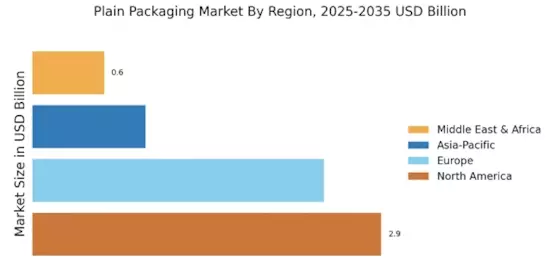

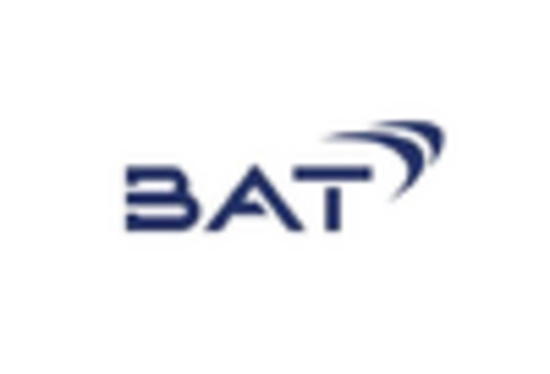
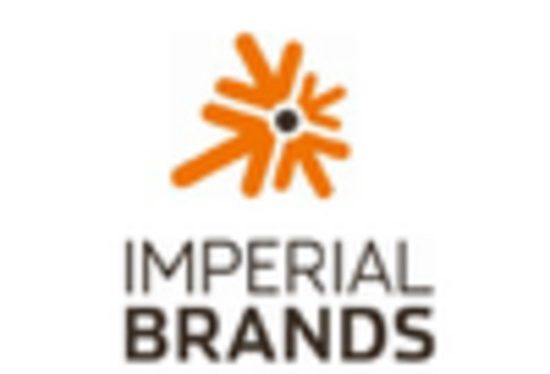

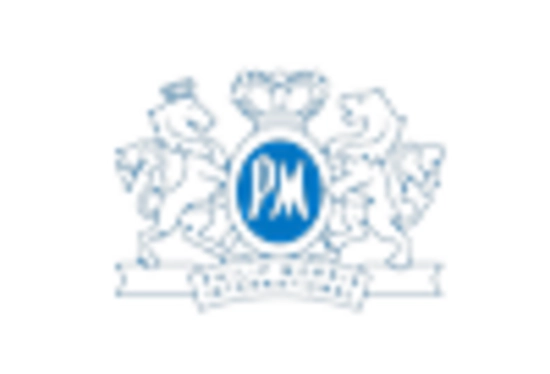
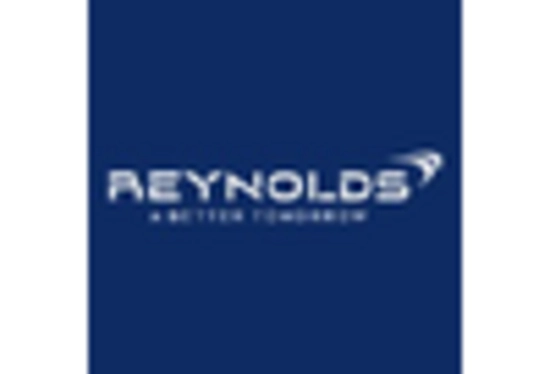








Leave a Comment